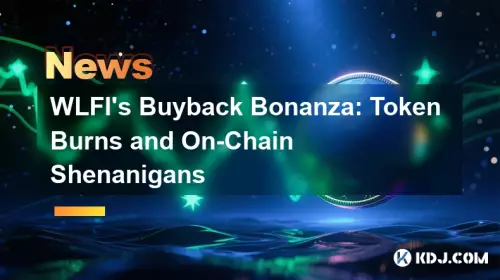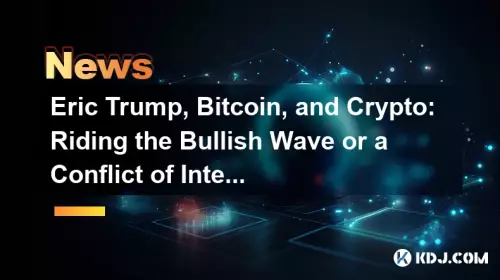Hyperliquid faces stiff competition in the DEX arena as new platforms leverage incentives to attract users. Will Hyperliquid maintain its lead?

DEX Competition Heats Up: Hyperliquid's Incentives Under Pressure
The decentralized exchange (DEX) landscape is buzzing with activity, and Hyperliquid, once the undisputed leader, is now facing a surge of competition. New platforms are employing aggressive incentive strategies, forcing Hyperliquid to re-evaluate its position in this dynamic market.
Hyperliquid's Dominance and the Impending Token Unlock
Hyperliquid's success has been attributed to its efficient trading experience, low costs, and early focus on attracting users through price performance. This strategy allowed them to dominate the Perps DEX market. However, the upcoming unlock of a significant amount of HYPE tokens has triggered concerns. The unlock, starting November 29th, will see 238 million HYPE tokens from core contributors released linearly over 24 months, potentially creating substantial selling pressure. This is a pivotal moment that will test Hyperliquid's resilience.
The Rise of New Competitors and Incentive-Driven Growth
While Hyperliquid navigates its token unlock challenges, competitors like Aster, Lighter, and edgeX are aggressively using incentives to attract users. Airdrops and the promise of future token launches are proving to be effective tools for these platforms. For example, Aster's trading volume surged due to airdrop incentives. Lighter and edgeX are seeing user activity increase as users accumulate points in anticipation of a Q4 token launch. The market has entered a phase of accelerated differentiation, with incentives fueling short-term growth.
Analyzing Market Share and User Activity
Dune data as of September 23rd showed Hyperliquid still held the largest market share (38.1%) among perpetual swap markets, followed by Lighter (16.8%), Aster (14.9%), and edgeX (12.3%). However, Hyperliquid's market share has declined from 49.3% over the previous 90 days, indicating a slight short-term dip. Emerging platforms have experienced substantial growth. But trading volume alone doesn't tell the whole story. The ratio of open interest to trading volume (OI/Volume) offers insights into user activity and market health. Hyperliquid has a ratio of 287%, indicating healthy activity, while Aster's low ratio of 12% suggests more incentive-driven trading.
Hyperliquid's Bold Tokenomics Proposal
In response to market concerns, a proposal has been put forward to drastically alter Hyperliquid's tokenomics. The plan, introduced by DBA investment manager Jon Charbonneau and pseudonymous researcher Hasu, suggests a 45% reduction in the total supply of HYPE. This would involve revoking and burning tokens earmarked for the Future Emissions and Community Rewards (FECR) fund and the Assistance Fund (AF). The proposal also suggests removing the hard cap of one billion HYPE tokens. The goal is to address valuation concerns and stabilize the market. If implemented, this could be a game-changer for Hyperliquid.
The Future of DEX Competition
The DEX arena is currently a battle for attention and incentives. Airdrops and token issuance expectations drive short-term traffic. The real test is whether platforms can convert this traffic into real user retention and long-term engagement. For Hyperliquid, managing the token unlock and adapting to the evolving competitive landscape are crucial. It's going to be interesting to see how Hyperliquid navigates these challenges and whether it can maintain its position as a leader in the DEX space.
So, grab your popcorn and settle in, folks! The DEX wars are just getting started. Who will come out on top? Only time will tell, but one thing's for sure: it's going to be a wild ride!











































































